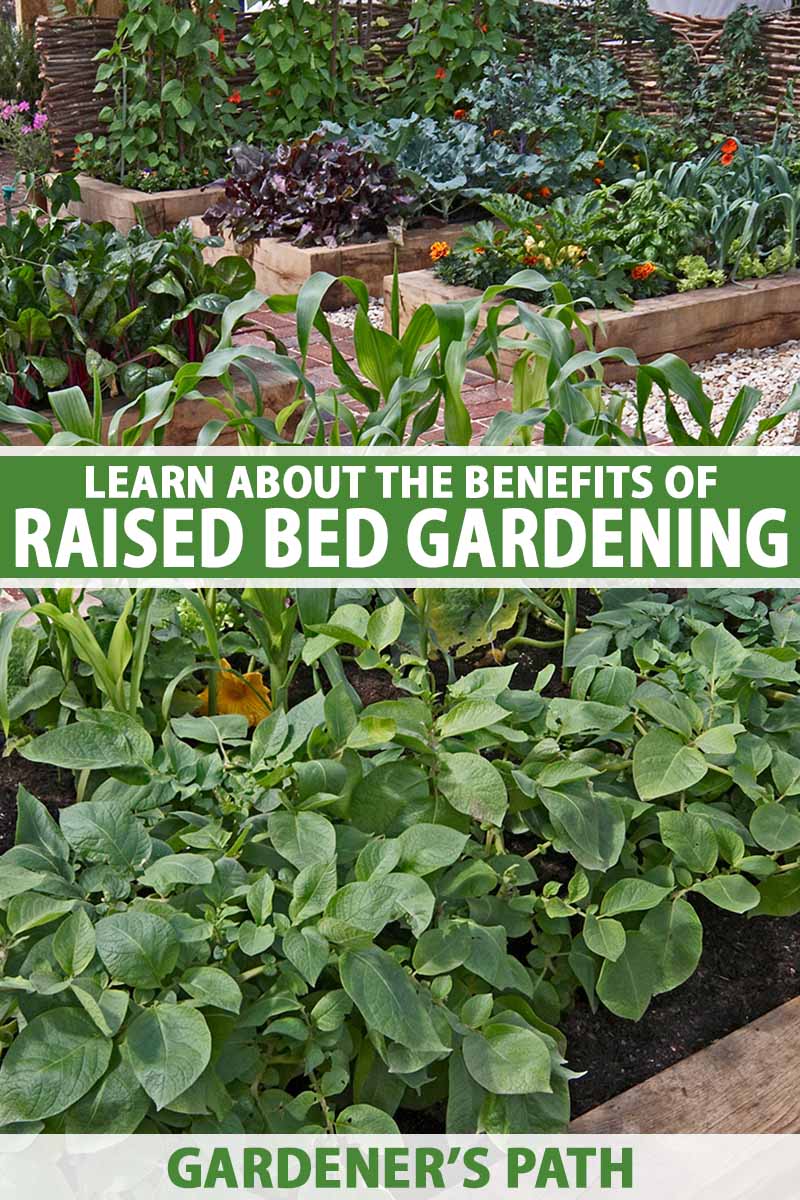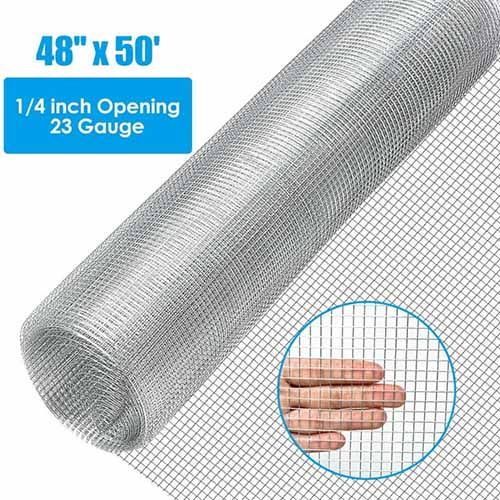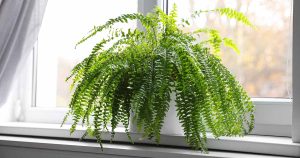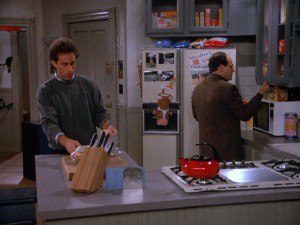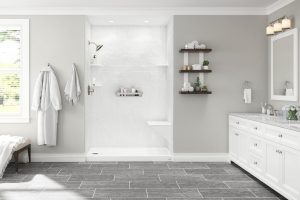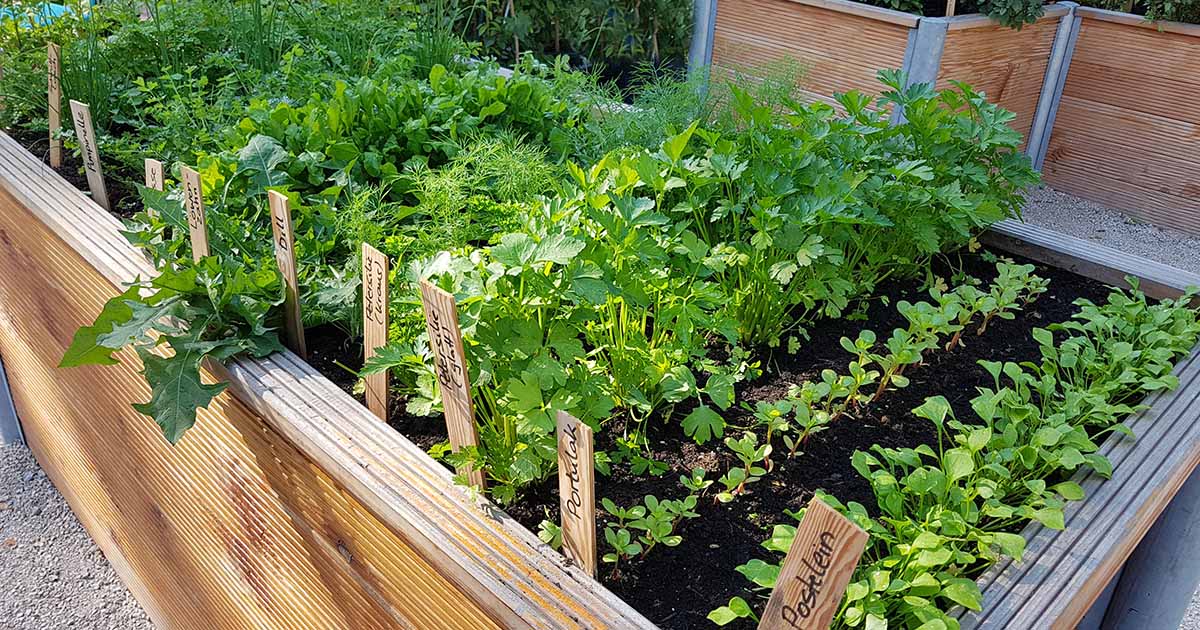
Gardeners love spending time outdoors working the soil and tending the garden, but we’re always on the lookout for ways to reduce labor and increase production – and raised bed gardening has lots of benefits that fit the bill!
Whether you purchase a modular kit or build your own, a raised garden bed is elevated from the ground and framed within a container.
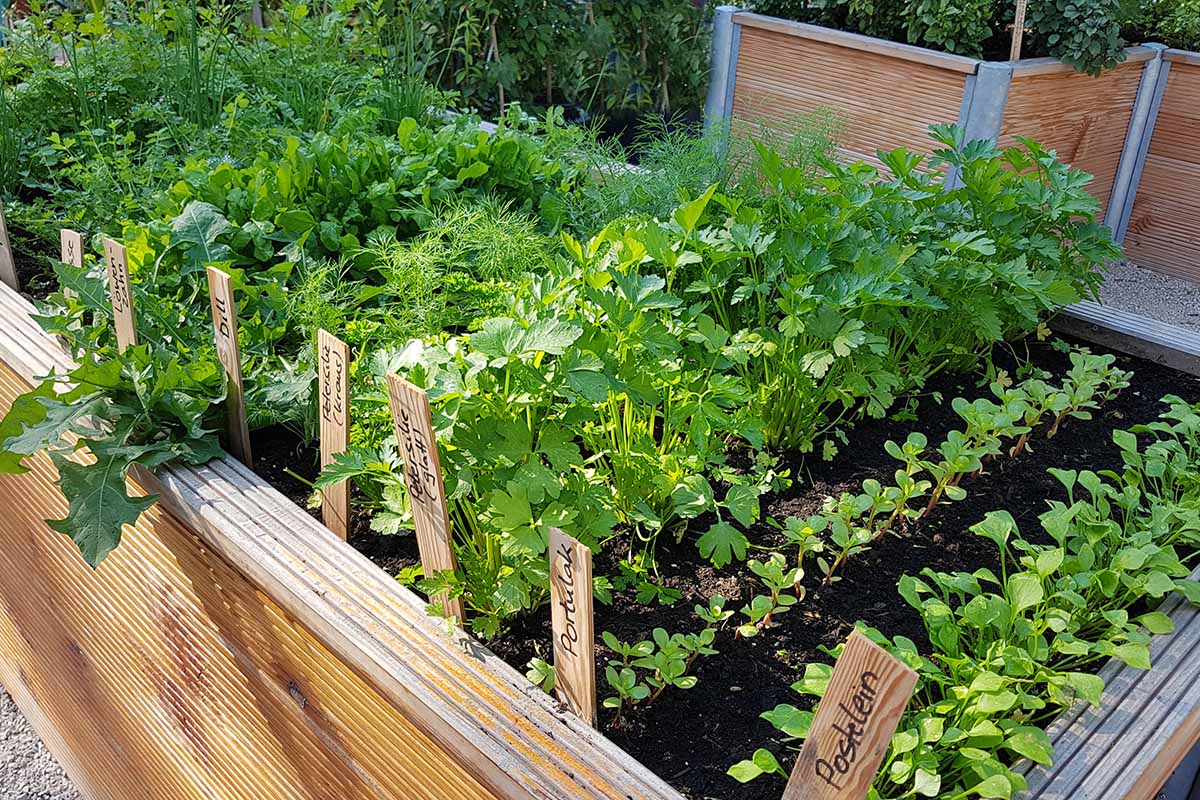
We link to vendors to help you find relevant products. If you buy from one of our links, we may earn a commission.
This is an ideal method to beautify and tidy up your growing space, but raised beds offer many advantages in terms of plant health, soil health, and your own health as well.
How is all that possible from simply raising a garden bed? Glad you asked!
To find the answers, let’s pull back the layers and uncover the many benefits of raised bed gardening!
Here’s what I’ll cover:
9 Benefits of Raised Beds
1. Till-Free Gardening
One of the most significant benefits of using elevated vegetable plots is that they don’t typically require tilling or digging to prepare the soil for planting.
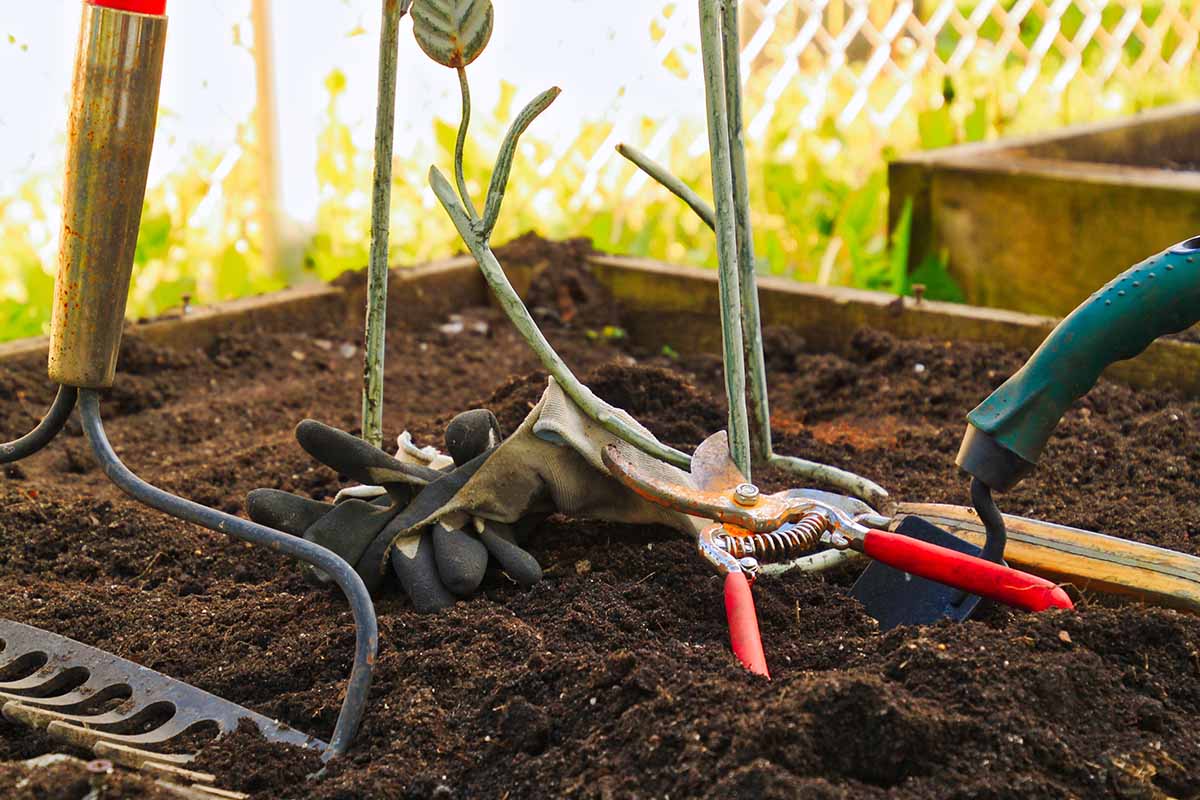
After installing the structure and filling the raised framework with fertile soil, maintaining a light, fluffy texture, and important nutrients is easily managed by using the no-till gardening practice.
No-till gardening involves adding layers of organically-rich mulches before, during, and after the growing season using natural materials such as compost, chopped leaves, grass clippings, well-rotted manure, and worm castings.
As the mulch layers break down, they replenish minerals and nutrients and continuously improve soil structure and tilth.
By not tilling the earth, the microbiome of beneficial bacteria, fungi, insects, and other soilborne organisms remains intact, promoting healthy soil for happy plants.
You can learn more about no-till gardening in our guide.
2. Rich, Easily Worked Soil
Another big plus for raised beds is that they allow you to control the content and structure of the soil, ensuring a nutrient-rich environment for your plants.

No matter what type of earth you have in your backyard, the dirt in elevated containers is easy to maintain, providing a light, friable texture that encourages strong root growth.
You can start out with a blend of garden soil, potting soil, and compost.
Garden soil alone is typically too heavy and water retentive for use in raised beds and containers. Potting soil alone is generally too light, not to mention expensive.
But mixed together with the addition of compost or worm castings, you can create a nutrient-rich, productive growing medium that resists compaction.
A worm composting kit like the Worm Factory 360 is an excellent way to turn household waste into fertile soil for your vegetable garden and can be purchased at Amazon.
After harvest, top up the beds with compost or plant cover crops like clover or winter rye to keep your garden flourishing.
And you can use the no-till mulching system all year for light, fluffy soil, replenished nutrients, and to maintain soil volume.
3. Ergonomically Smart
If you can do without achy muscles, stiff knees, and a sore back, raised beds might be for you!
Elevating the workable surfaces of garden beds reduces the need to bend over, kneel, or stoop when planting, weeding, and harvesting – and the higher the structure, the less bending is required.
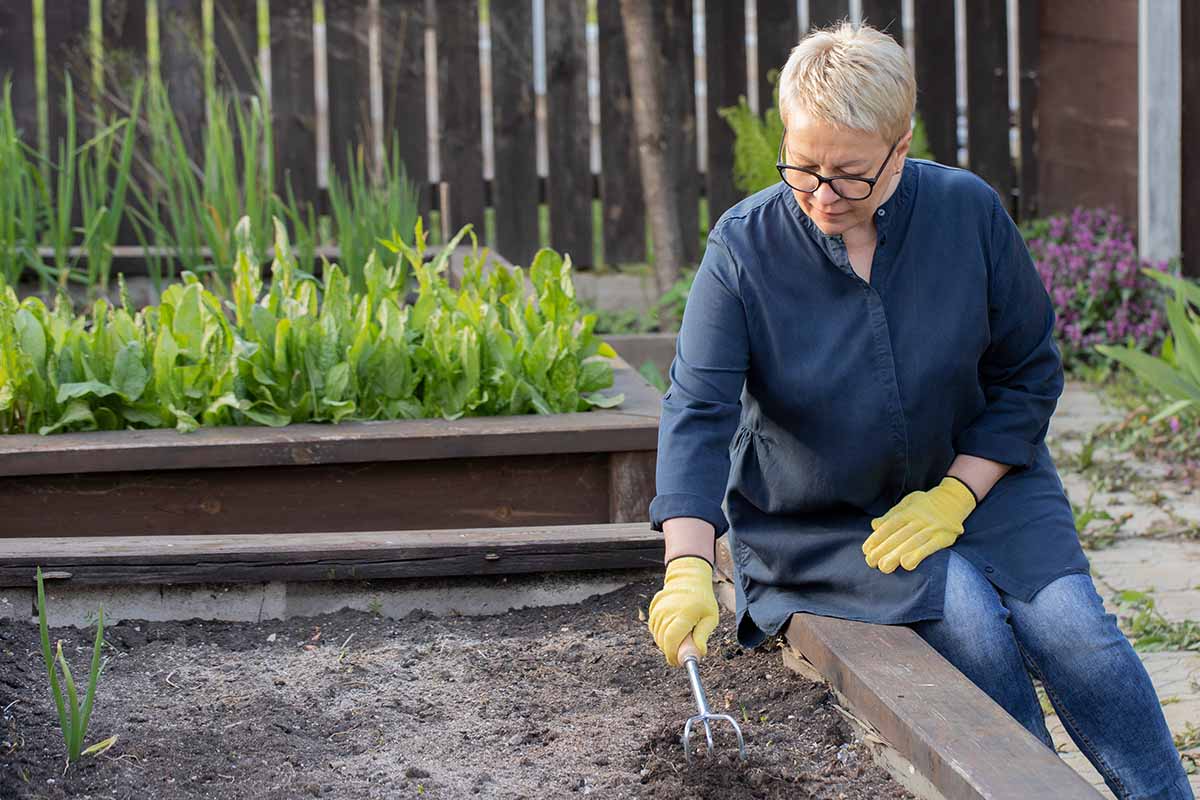
And in combination with no digging or tilling, back, knee, neck, and shoulder strain is considerably reduced compared to gardening in traditional beds.
If you’re making your own DIY raised beds, you can even add a wide board at the top as a convenient perch.
The raised sides can be as low as eight inches or they can be constructed waist-height, to almost completely eliminate all bending and kneeling.
A waist-high structure, with wide paths, is ideal for those who use scooters, walkers, or wheelchairs when gardening.
4. Weed Reduction
By keeping your garden contained in a raised bed, there’s less chance for weed seeds to spread through your growing environment.
Those that appear from windblown or bird-dispersed seeds are easily pulled, thanks to the soil’s light, porous quality.
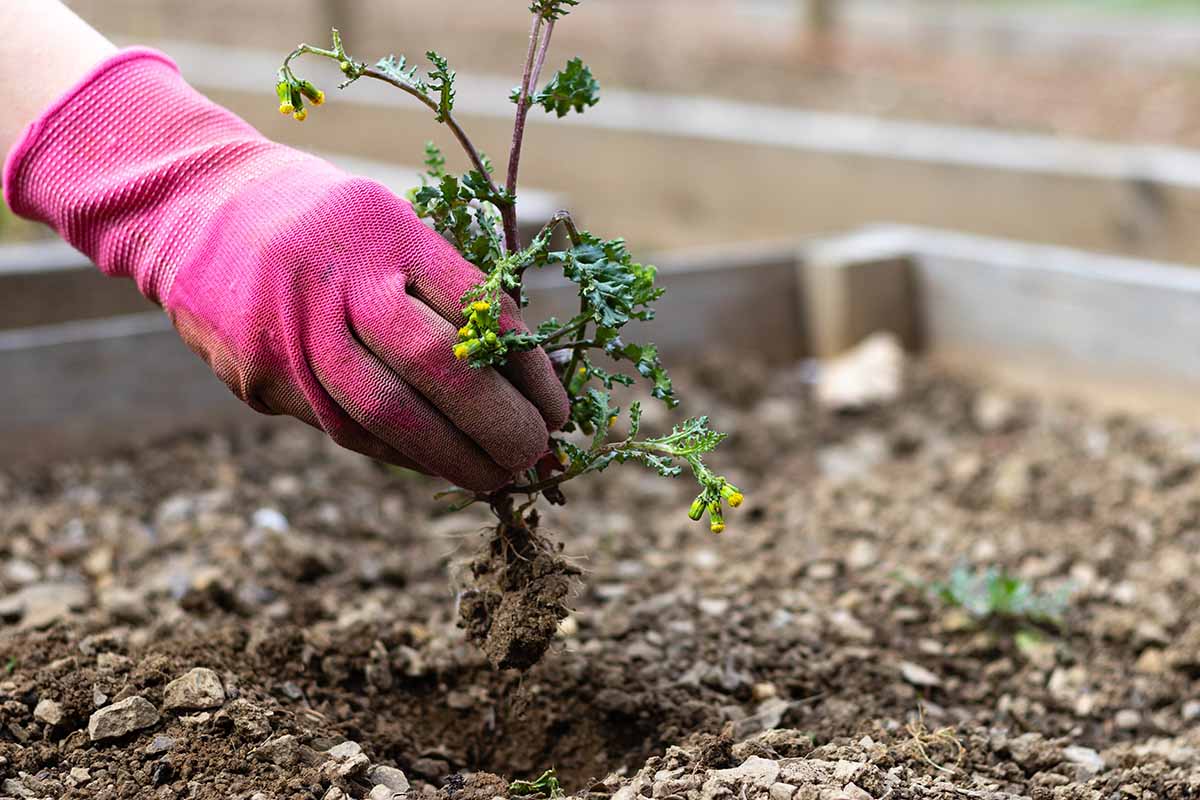
But if your beds aren’t elevated on posts and sit directly on the ground, you’ll want to address bottom growing weeds before assembling or constructing the container sides.
The best way to do this is with a combination of materials that block light and inhibit growth.
Before construction begins, cover the base of the raised bed with one or a combination of materials such as mesh wire hardware cloth, a thick layer of cardboard or newspapers, landscape fabric, or burlap sacks.
Ensure plenty of overlap at the edges, and if possible, extend the material out beyond the container walls by a few inches.
5. Block Burrowing Rodents
If you’ve ever had your root vegetables swiped by burrowing rodents like gophers or voles, raised beds can put an end to their marauding ways!
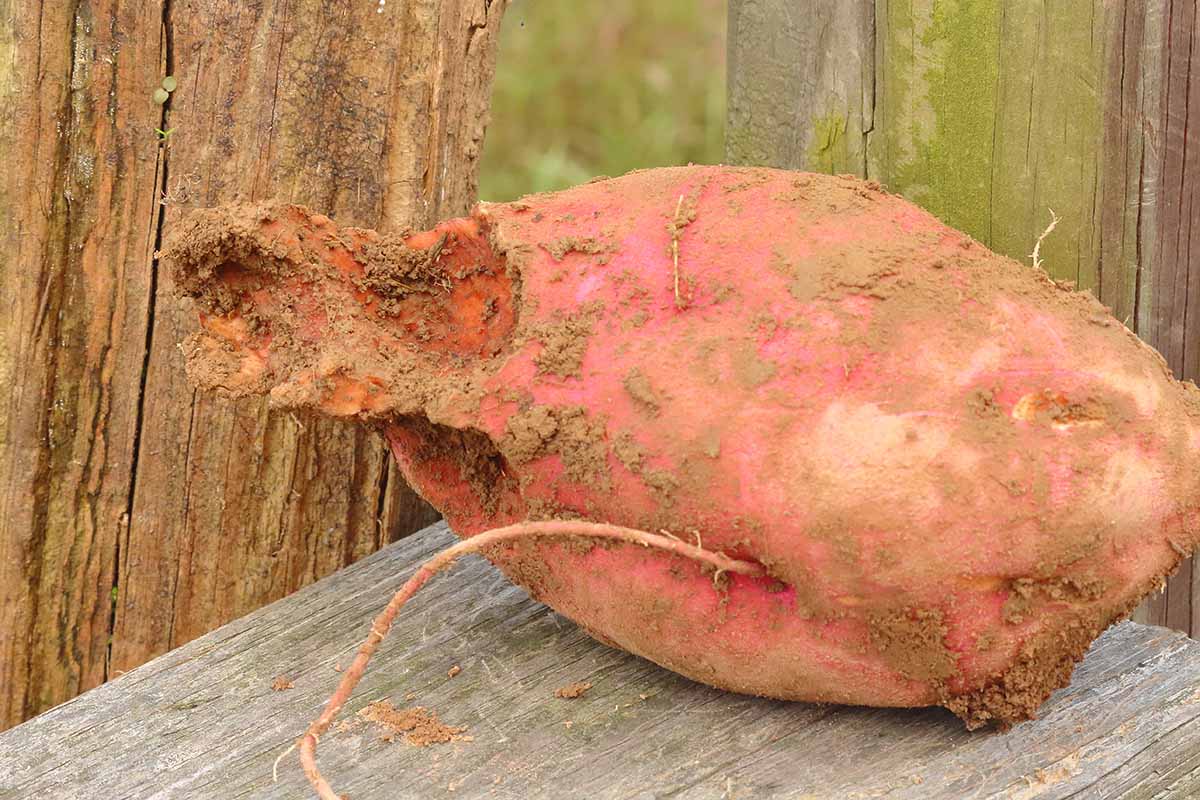
If your containers are elevated on posts, that’s sometimes all that’s needed to keep the pests away.
But for those that sit directly on the ground, be sure to install a bottom to prevent access by burrowing critters.
Use materials like mesh wire landscape cloth to effectively block out burrowing pests and prevent damage to root crops.
Mesh wire hardware cloth allows for movement of air, water, and insects but effectively blocks out burrowing rodents – I find it’s most helpful for weed and vole control when the mesh is laid down with a thick layer of cardboard on top.
Rolls of galvanized wire mesh with a one-quarter inch opening are available at Walmart.
6. Less Soil Compaction
Soil compaction can create numerous problems for plants and can cause stunted growth and underperformance.
Low-set containers that have contact with the ground and are filled with a fine-textured growing mix allow for quicker root development than if plants are sown in backyard sod or hard-pan alone.
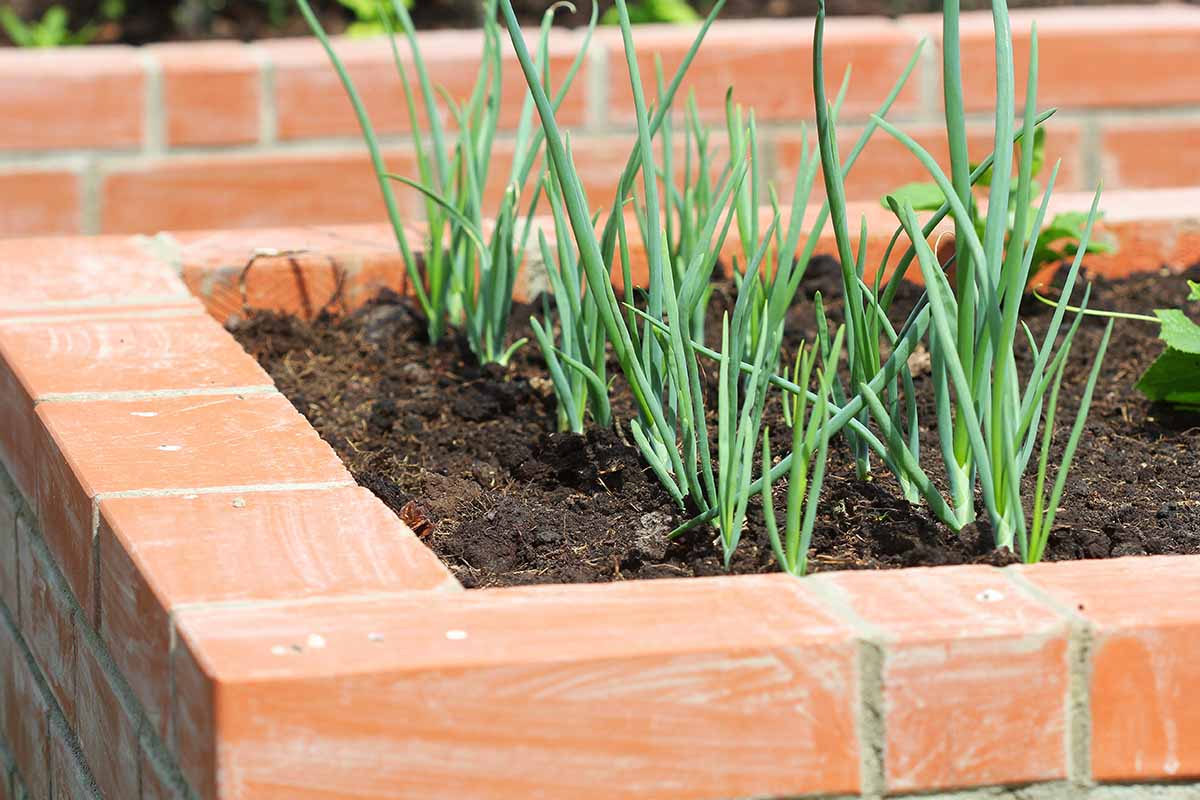
Compaction issues include poor water infiltration due to runoff, oxygen deprivation, loss of nutrients, shallow roots, and the destruction of mycorrhizae, the beneficial fungi in the soil that often appears as a web of fine white fibers.
In home gardens, compaction is typically caused by soil being walked on – a problem that doesn’t exist in elevated containers or raised beds built with skirting paths.
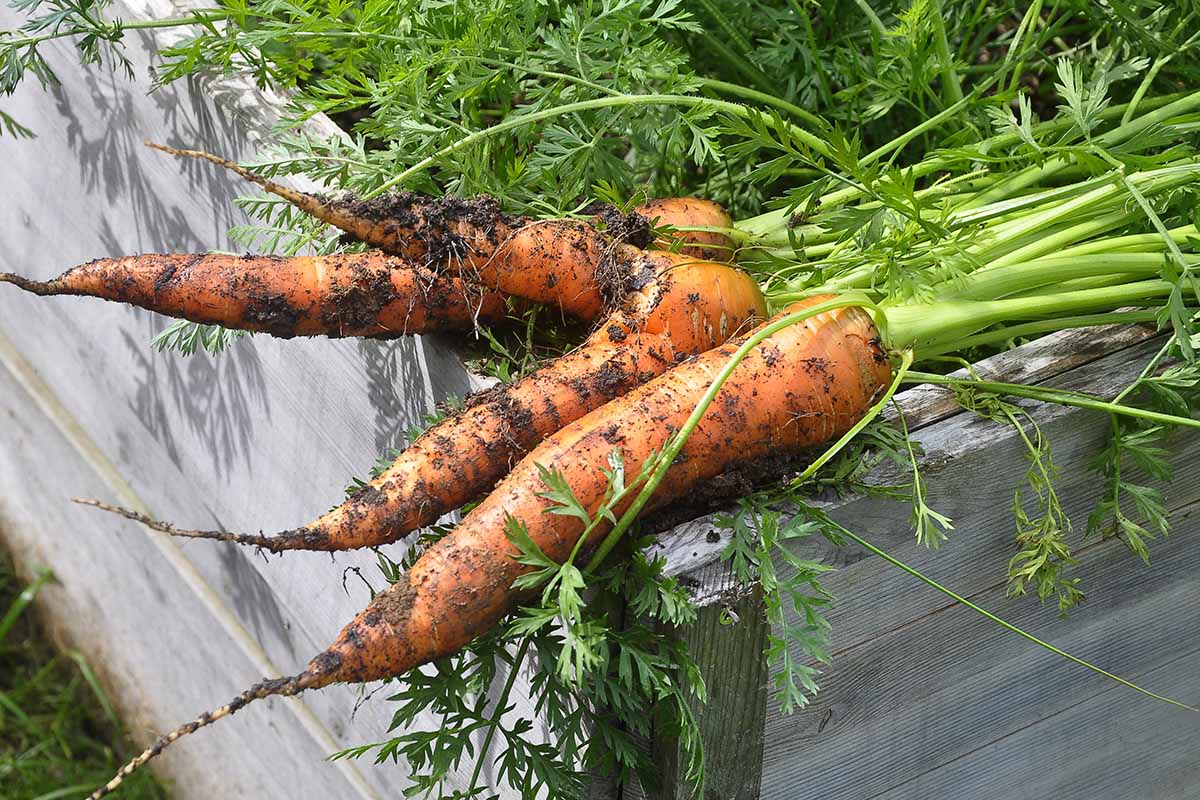
Drainage is also improved in raised beds, plus the soil warms up faster in spring and typically stays warmer over winter, allowing for earlier planting and an extended growing season for strong root growth.
7. Higher Yields
For gardeners growing their own food, the appeal of increasing fruit and vegetable yields through intensive plantings is a real plus.
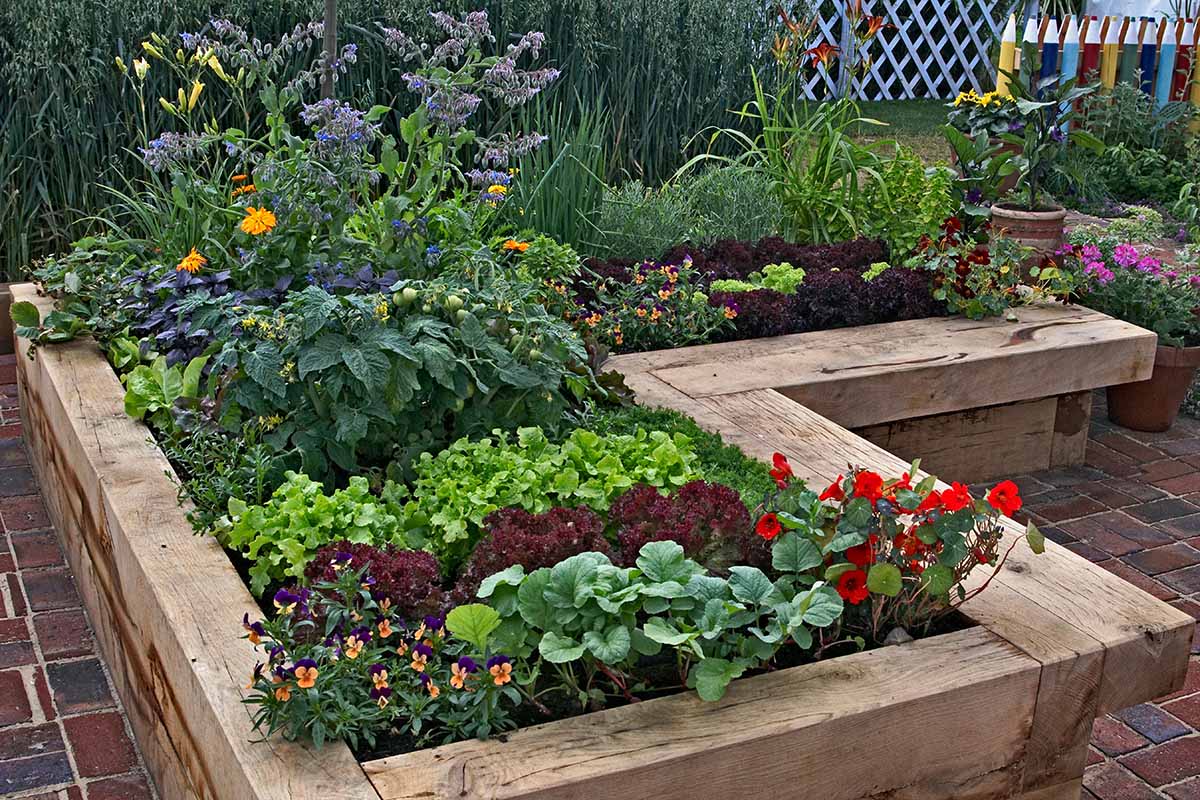
Raised beds are the perfect setup for close-clustered plantings, as in the styles of square foot gardening, double digging, biointensive planting, and other methods.
In traditional gardens, much of the space is dedicated to paths or spaces for conventional row planting.
But with raised structures, all of the available space is used for growing which can result in much greater yields.
And because the earth is generally loose and nutrient-dense, dense planting is also possible for a greater volume of produce.
8. Mitigate Runoff
Another big win with raised beds is that they’re extremely helpful at controlling erosion caused by high rainfall and snow, and can even provide protection from the buffeting of wind erosion.
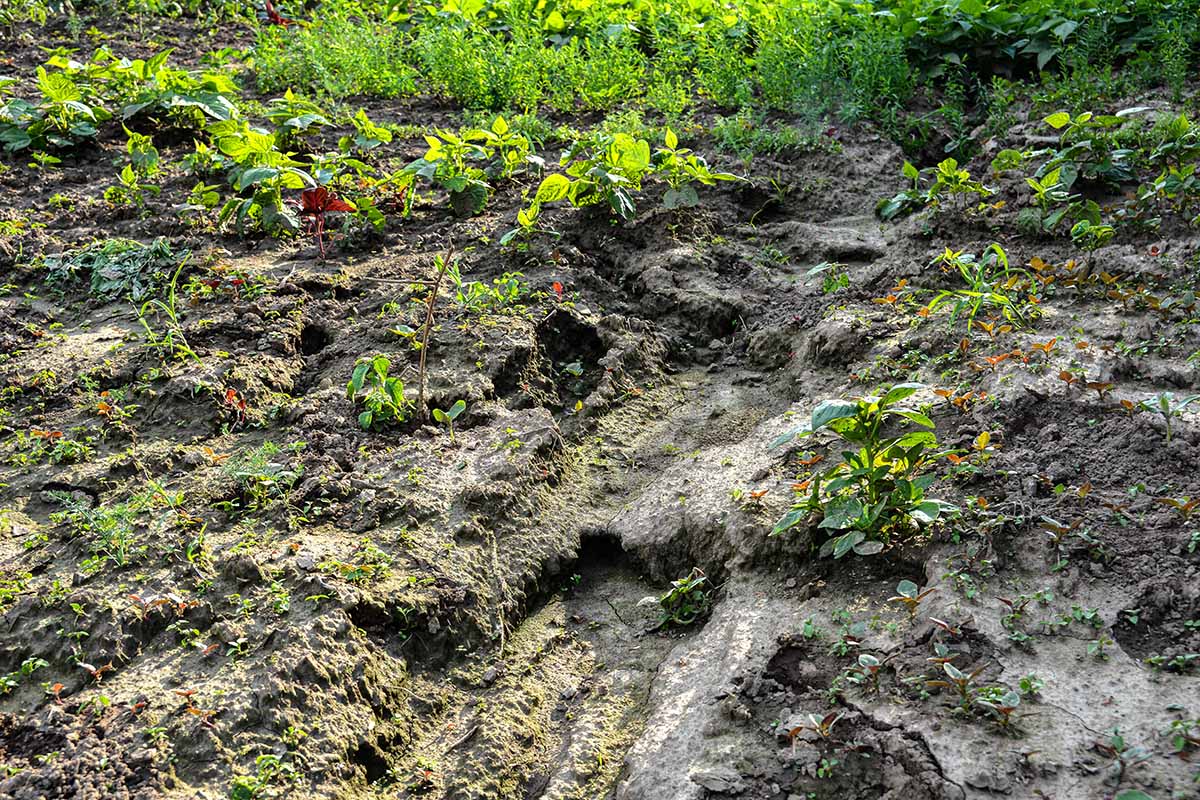
Whether you live in an area with high rainfall, or are experiencing more extreme weather as a result of climate change, the sidewalls of elevated plots or containers create barriers that help prevent runoff and subsequent soil, nutrient, and water loss.
And less erosion helps to improve soil health by keeping the microbiome intact, providing a vibrant, living environment teeming with beneficial bacteria, fungi, insects, and other garden friendlies.
9. Reduce Chemicals
With organically-rich, fertile soil from mulching and effective weed control, the need for chemical herbicides and synthetic fertilizers can also be reduced or eliminated altogether.
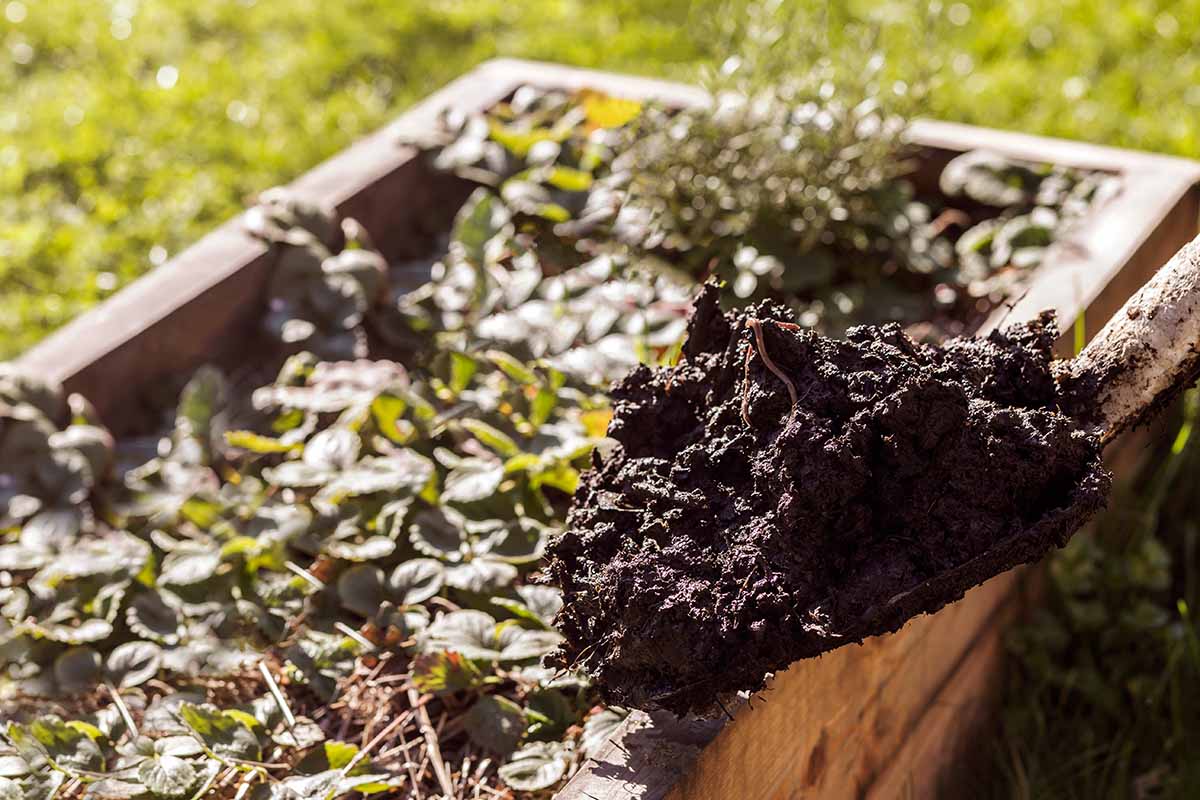
This makes raised bed gardening the perfect opportunity to practice organic gardening in your own backyard.
And purchasing fewer chemicals means less expense, so you can keep more money in your pocket!
Putting It All to Bed
Easy, economical, and efficient, building your own raised beds or assembling a modular kit, like the Vego Garden, provides a number of benefits over traditional gardening!
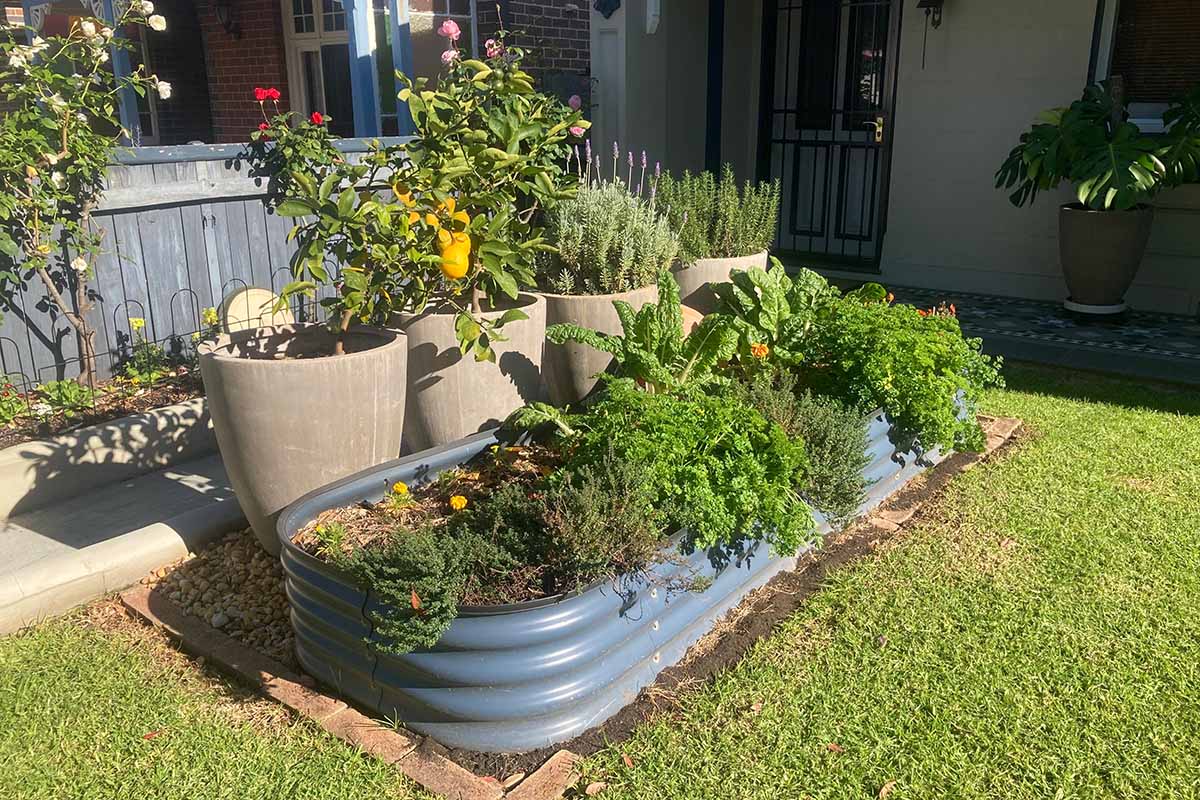
It’s a fantastic way to reduce physical strain and provides nutrient rich soil that improves productivity so you can enjoy more abundant harvests.
And you’ll spend less time on onerous chores like digging, weeding, watering, and replacing soil from erosion – it’s win-win for the garden and gardener!
Do you use raised beds in your garden? Tell us about it in the comments section below!
And for more information about organic gardening, add these guides to your reading list next:

